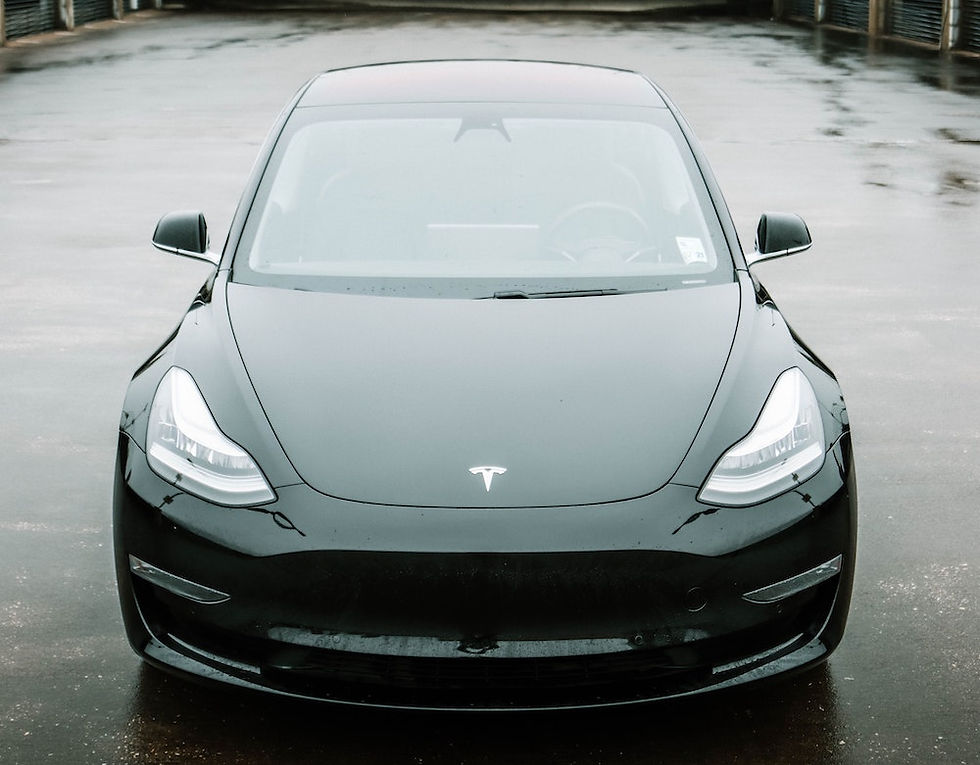The Current State of Future Cars
- Rob Everett
- Dec 12, 2020
- 2 min read
Updated: Apr 29
While Europe, particularly France and Norway, are aiming at having EVs (electric vehicles) and hybrids as the only new cars available by 2025, Australia seems reluctant to plug into the technology.
By Rob Everett

There may be some seemingly obvious reasons why EVs aren’t taking off in this country. They’re more expensive to purchase than their petrol equivalent (currently there is no government-funded subsidy in place to encourage the purchase of EVs here, unlike absolutely everywhere else) and EVs have famously short ranges, don’t they?
Well, not necessarily. Battery technology is getting better by the day, as is fast charging, so EV “range anxiety” is becoming less of an issue. The Hyundai IONIQ is a great example: it takes a mere 25 minutes to charge to a very usable 80% (using a fast charger). That is the time it takes to sip a double-shot-decaf-extra hot-half ‘n’ half-latté.
Also worth considering is the way we use our cars. The average commute by car in Sydney is 15.4 kms, and if we use our trusty Hyundai as our example, that’s a theoretical 12 days of commuting to and from work before you run out of “go”.
This brings us neatly onto the issue of charging your futuristic steed; and although we’re not quite as organised as our European neighbours, our charging infrastructure is improving quickly. The NRMA currently has 42 sites throughout metropolitan NSW and they are free to both members and non members (for now).
Companies like CHARGEFOX, who advertise 1400 charging sites across Australia (with a handy app), suggest the costs to recharge are as little as $0.40 per kWh.
The alternative to public charging stations is to charge from home, and there are options of varying cost and speed available. The gold standard is a wall-mounted box that can be installed in your garage - manufacturers and the aftermarket can sell you one. However, the trusty three pin plug is also a (much slower) option.
There are also some slightly less obvious benefits to driving an EV, the best being because there isn’t a loud, exploding engine up front; they are surprisingly peaceful things to tootle about in.
Equally surprising is the way they can pick up speed. Unlike petrol engines, the power and torque delivery is instantaneous with an electric motor. This can make for some very spirited/amusing grand prix take offs at the traffic lights with models such as the Tesla Model 3 Performance boasting ludicrous speed (0-100 km/h in an hilarious 3.4 seconds).
EVs also have the unique benefit of “one pedal driving”. Regenerative “braking” slows the car down as it recoups lost energy, putting charge back into the batteries as you drive. The level of ‘regen’ can often be adjusted, but effectively means in normal driving one rarely has to actually touch the brake as the “regen” can provide enough friction to slow the car down, often to a full stop in some cases*.
EVs are a new way of driving, but one that is increasingly making sense to many people. As technology, range and the supporting infrastructure improves this will only grow.
Save a polar bear, buy an EV.
* Actual braking is also highly recommended.






Comments